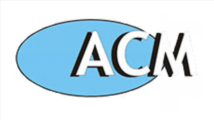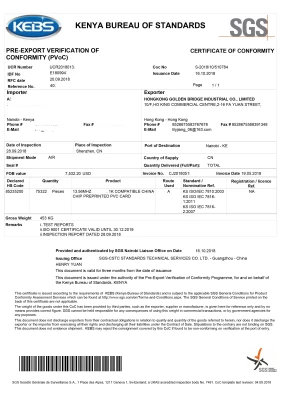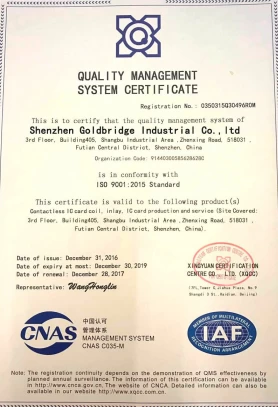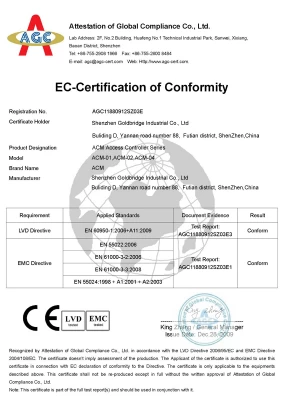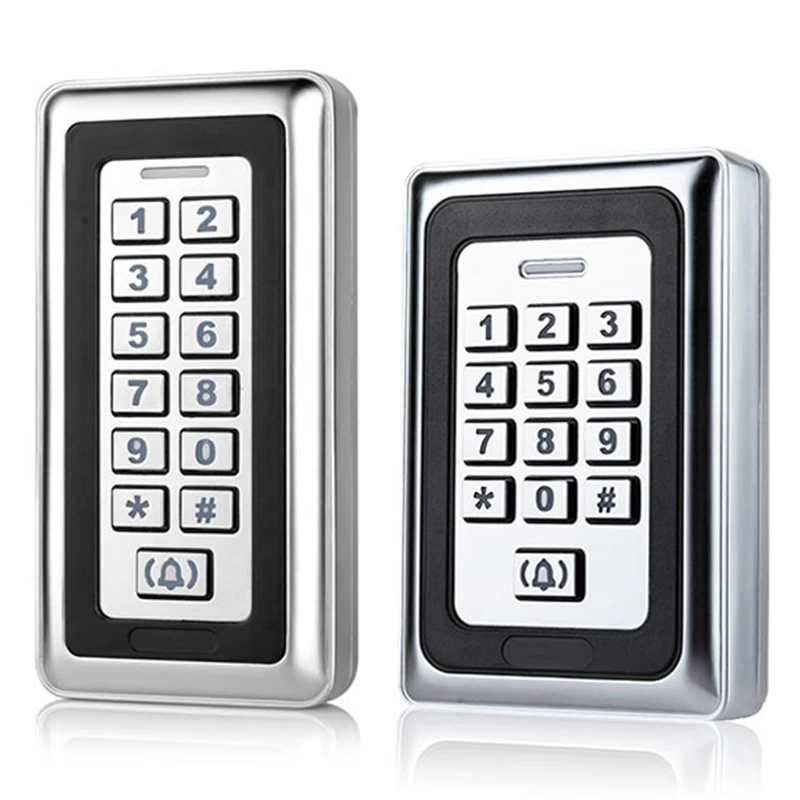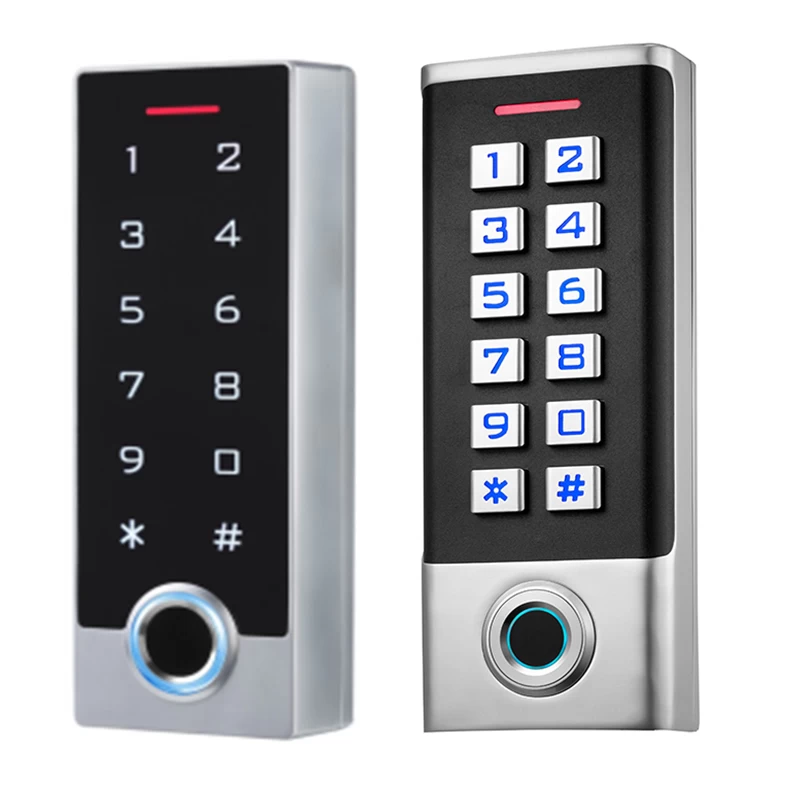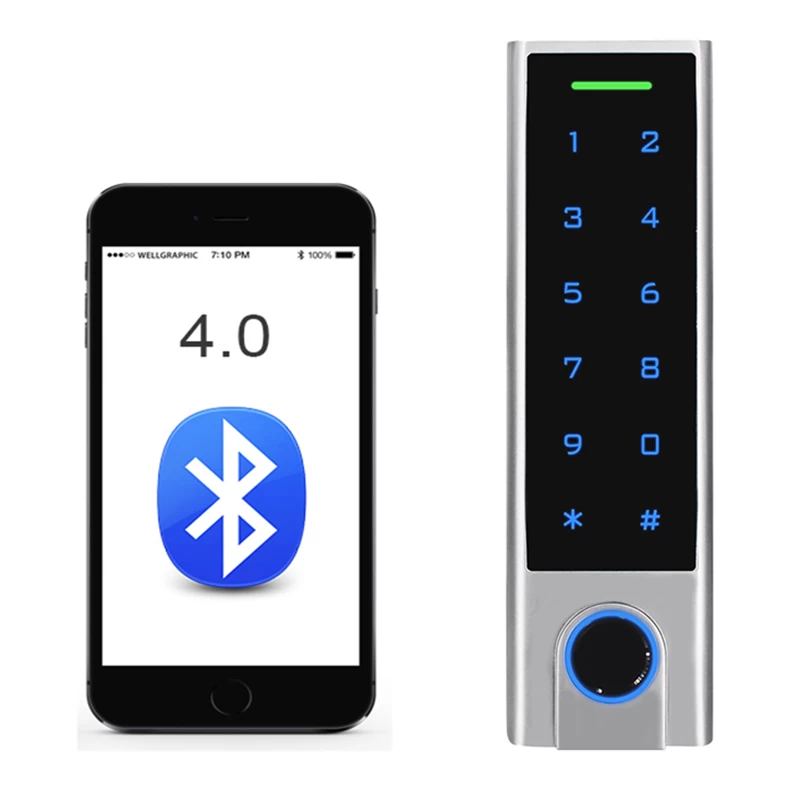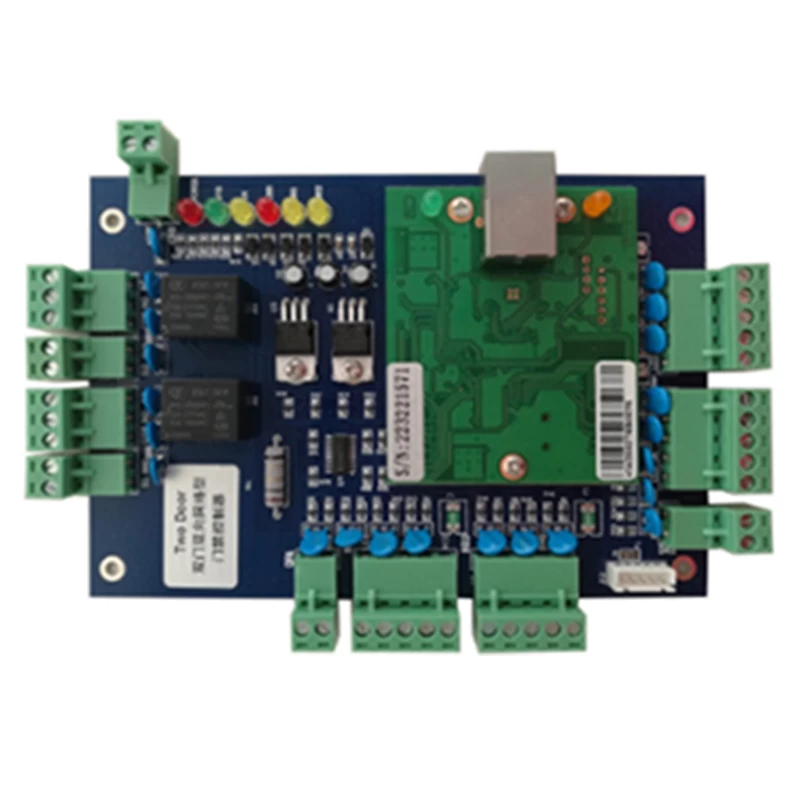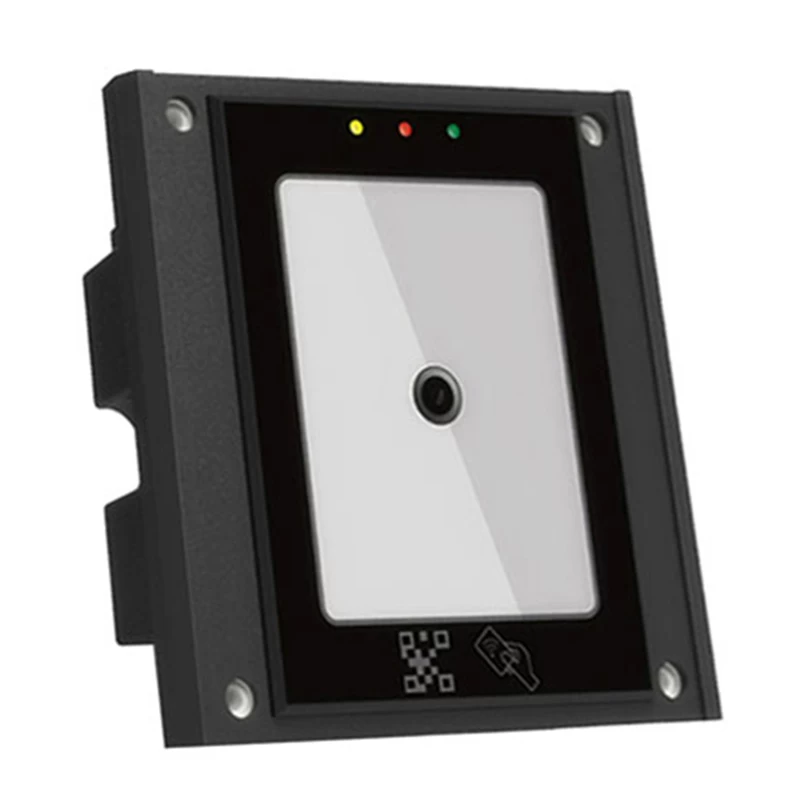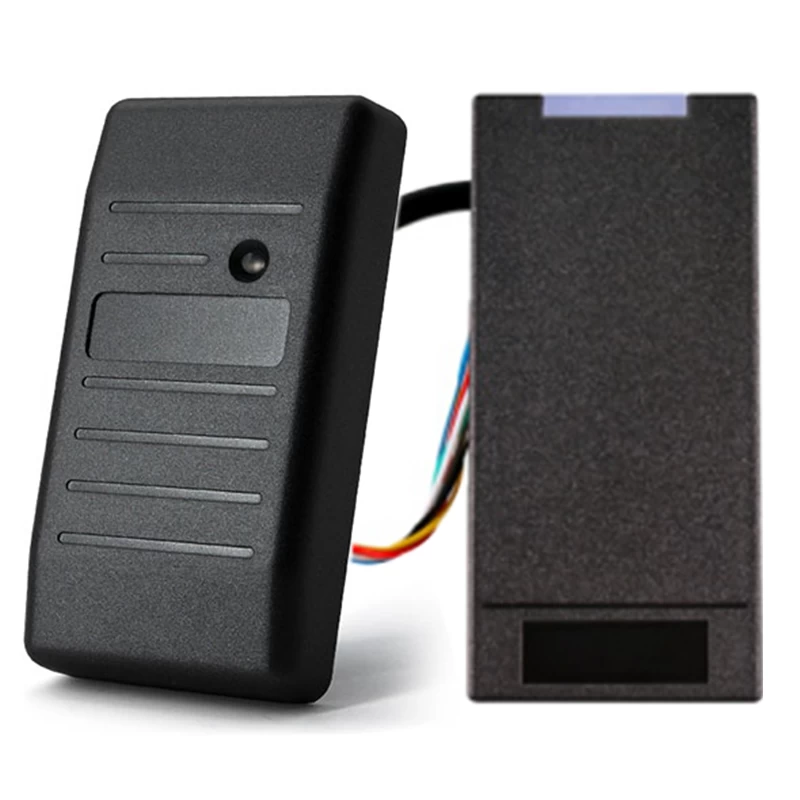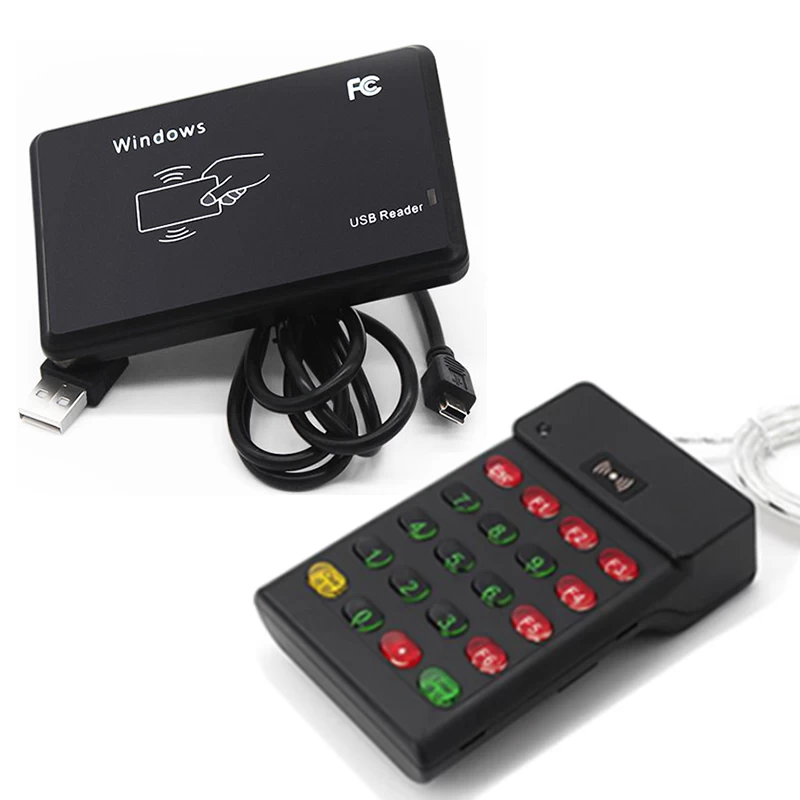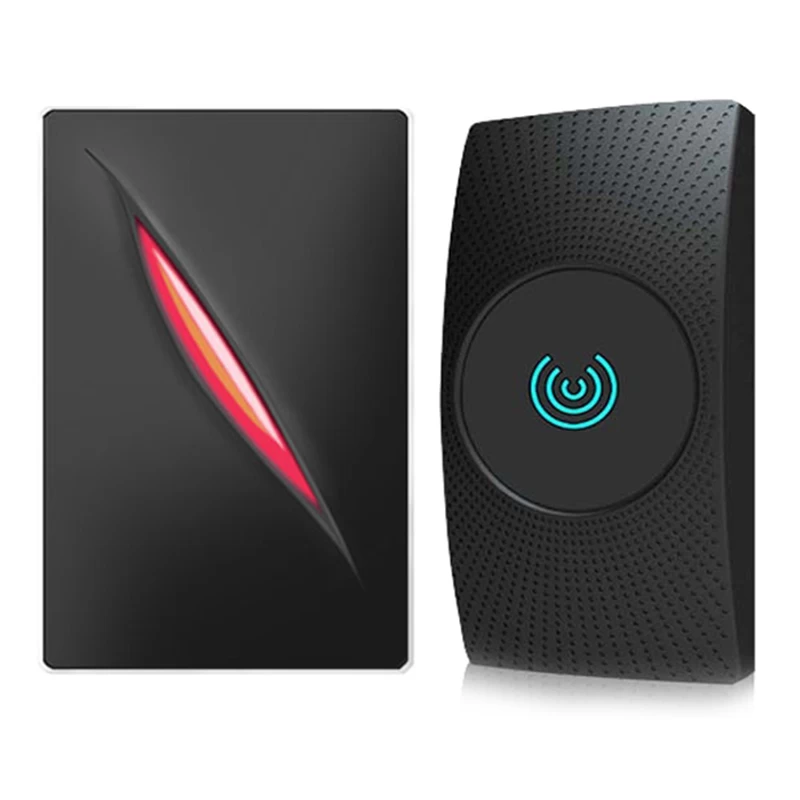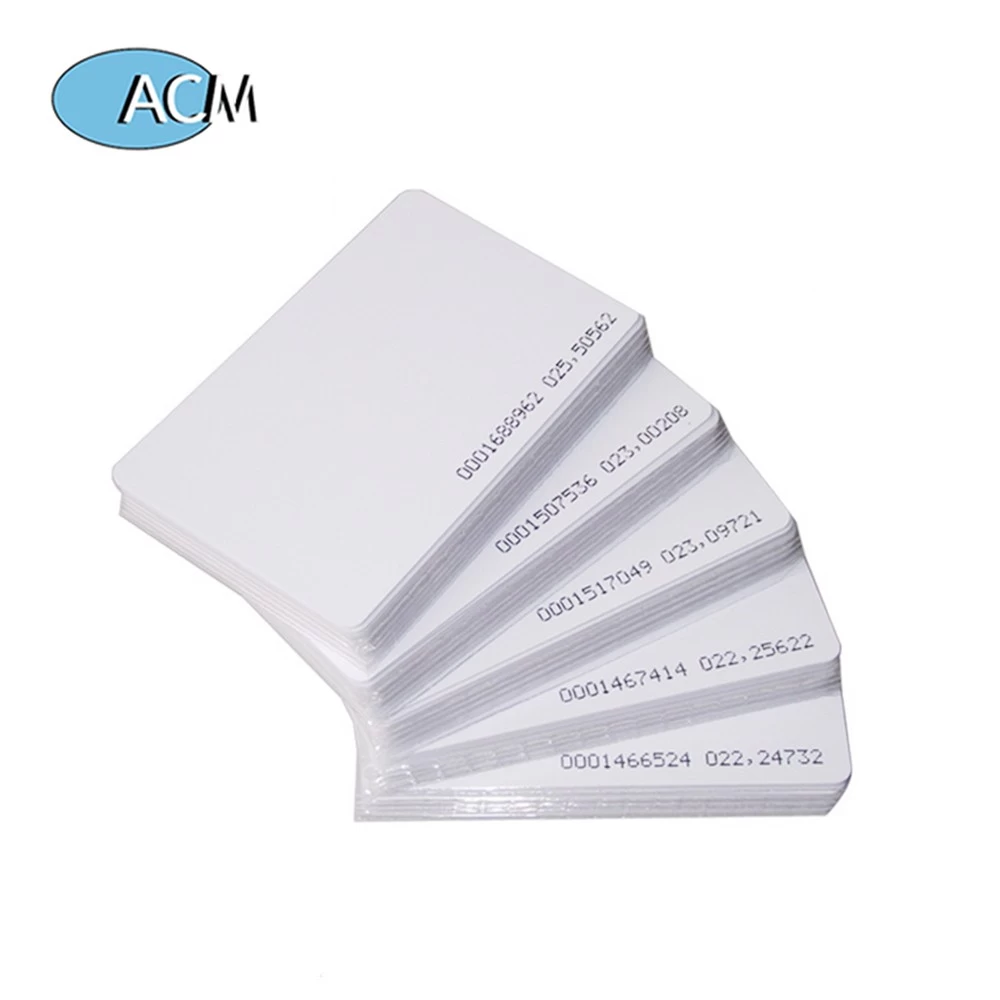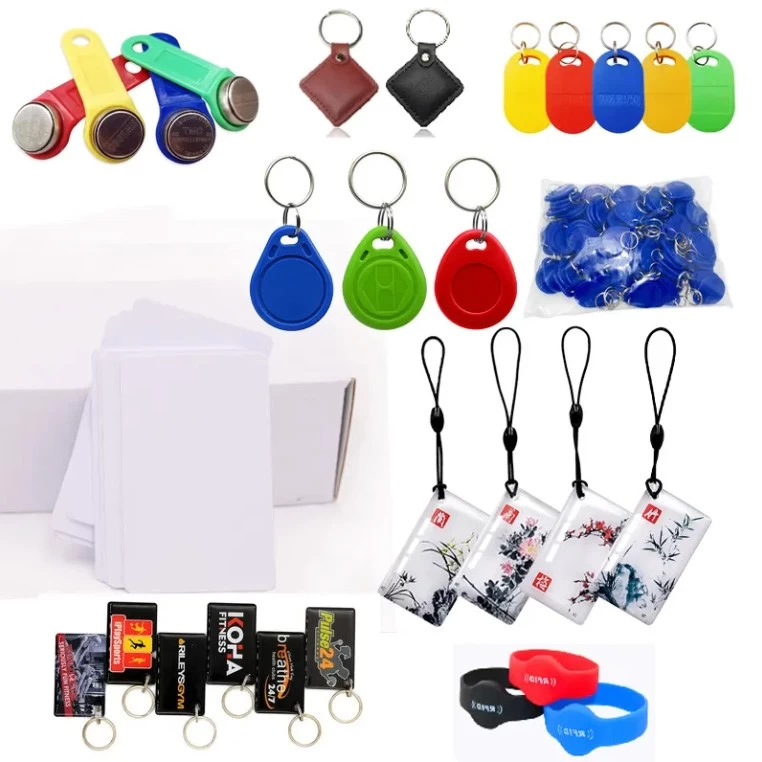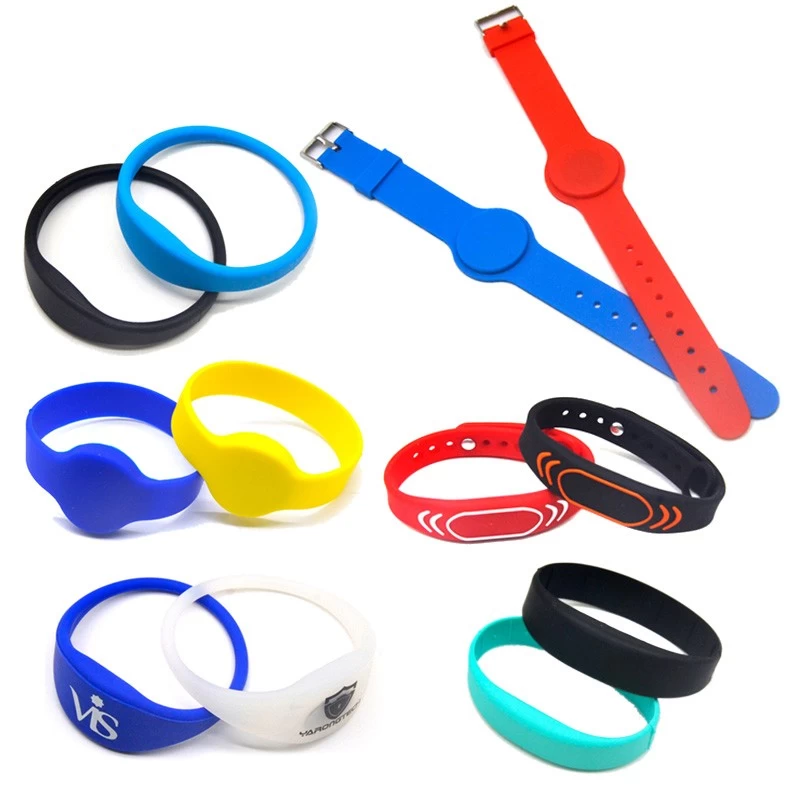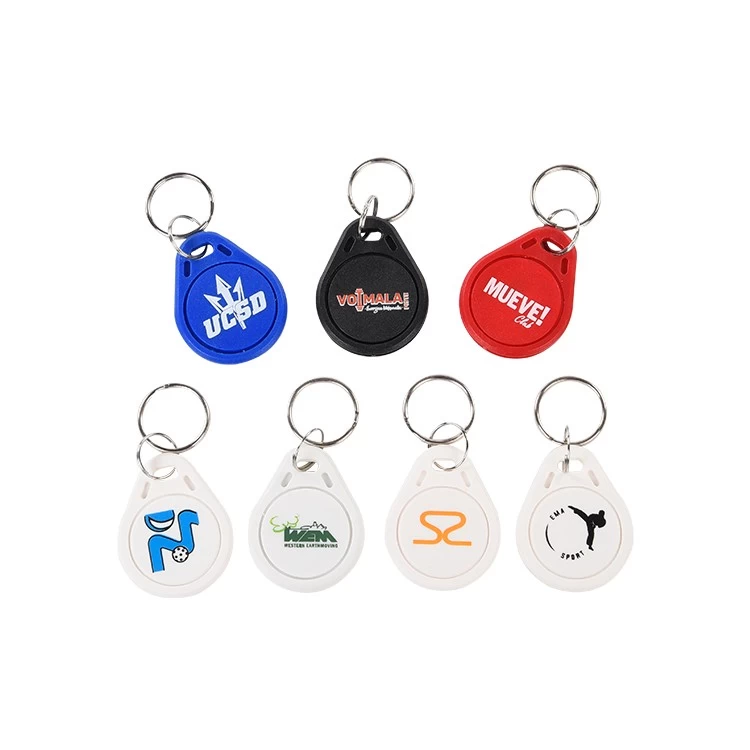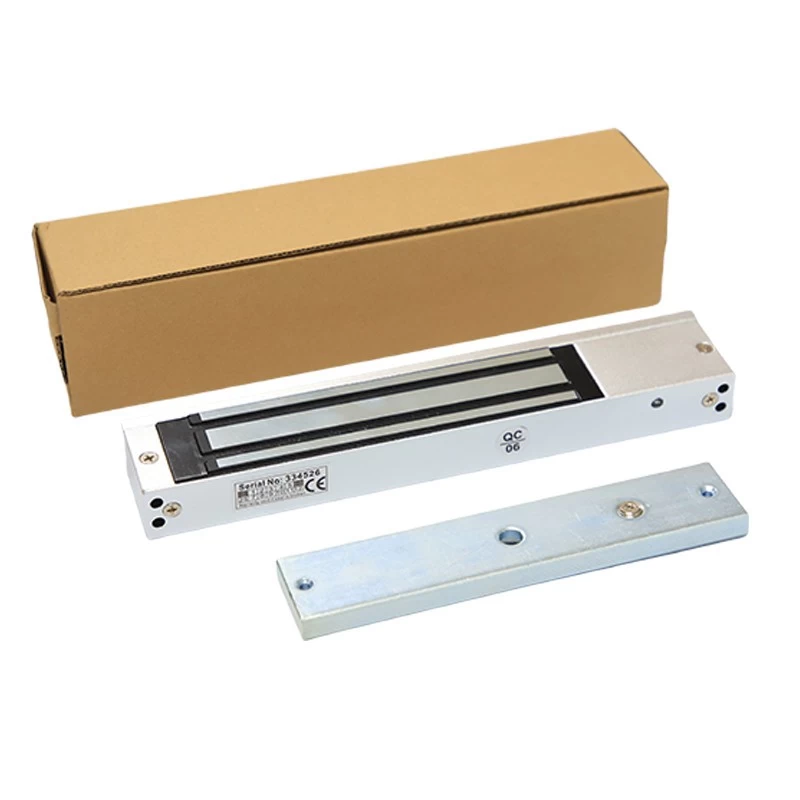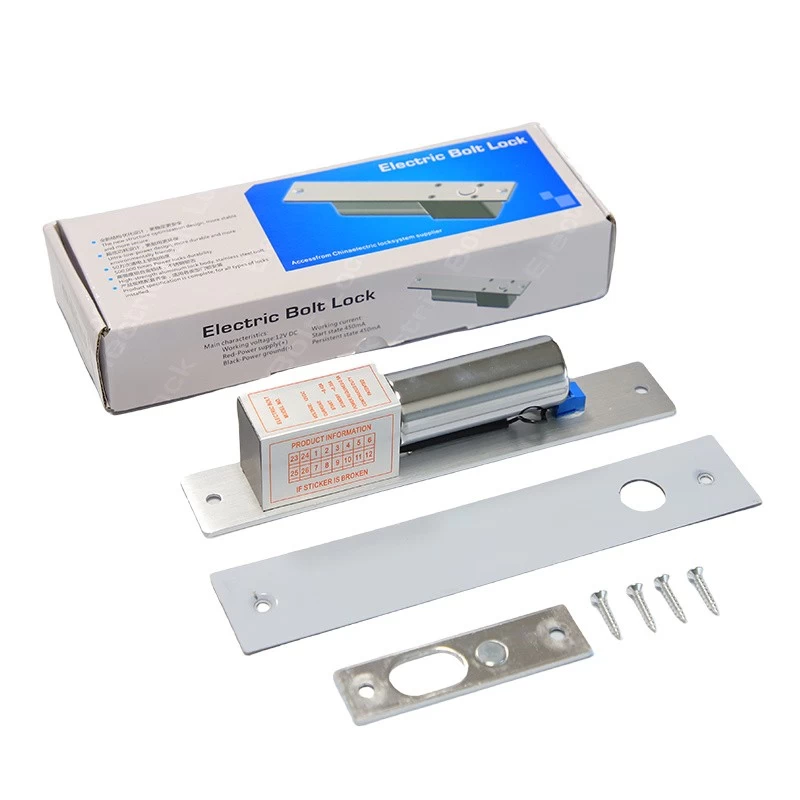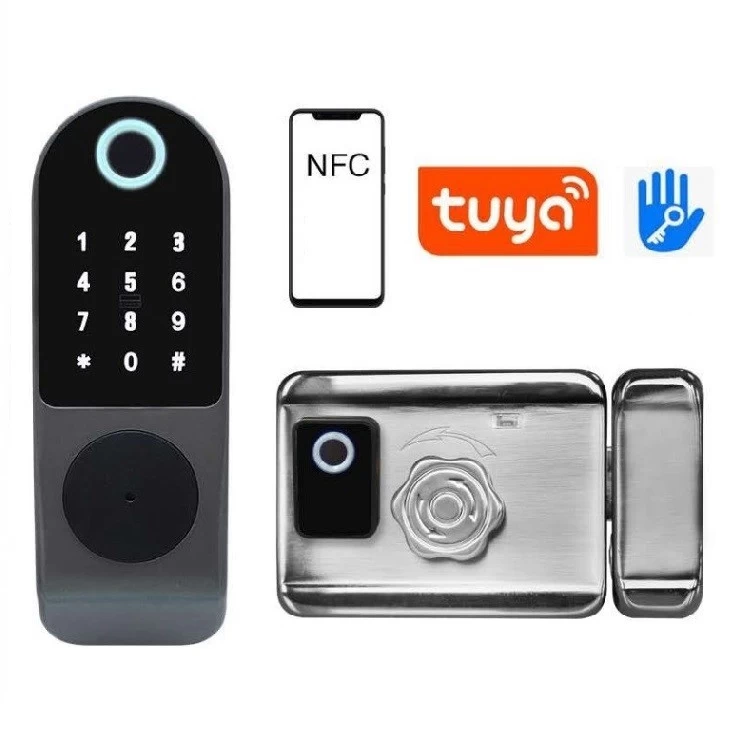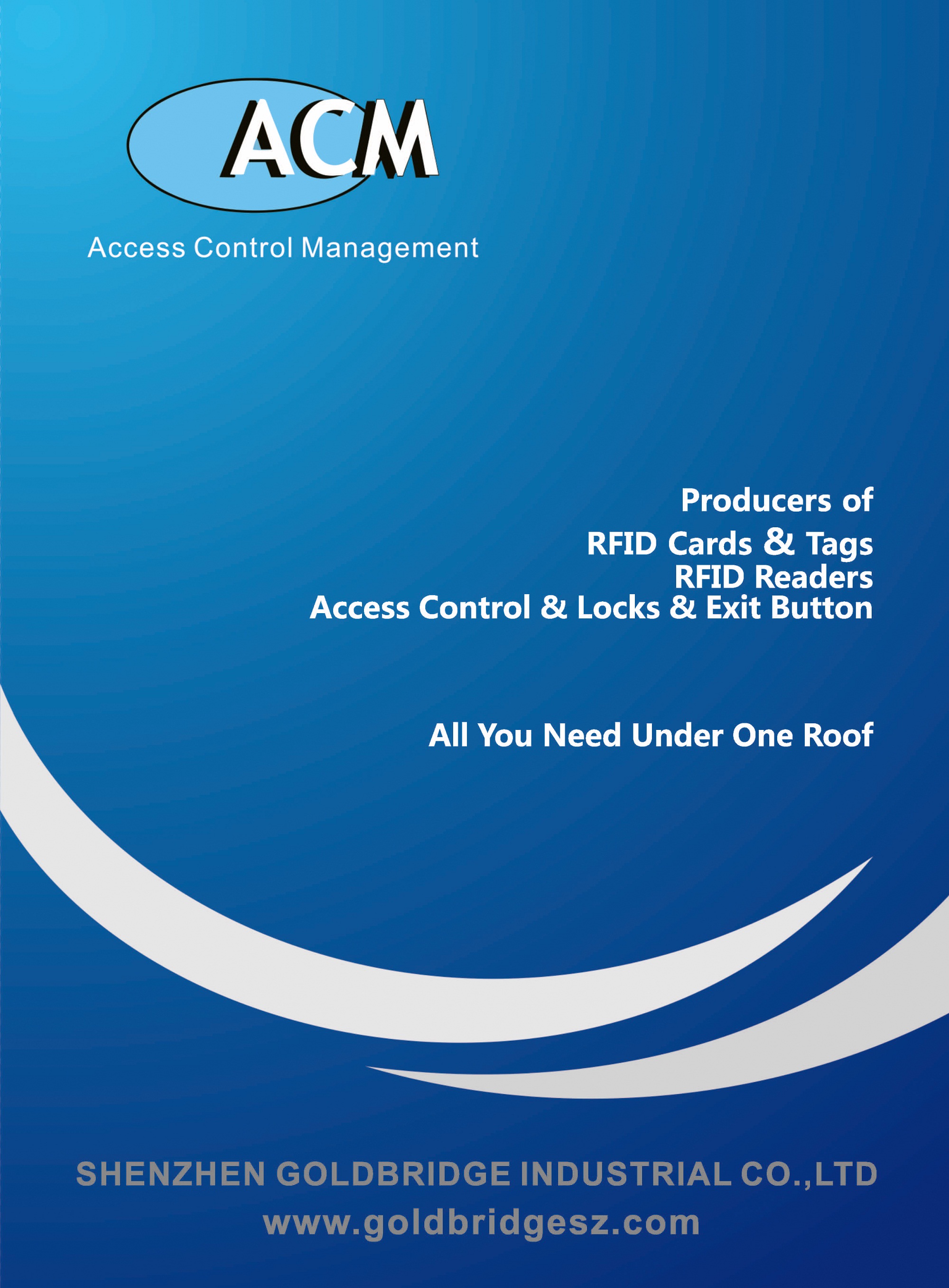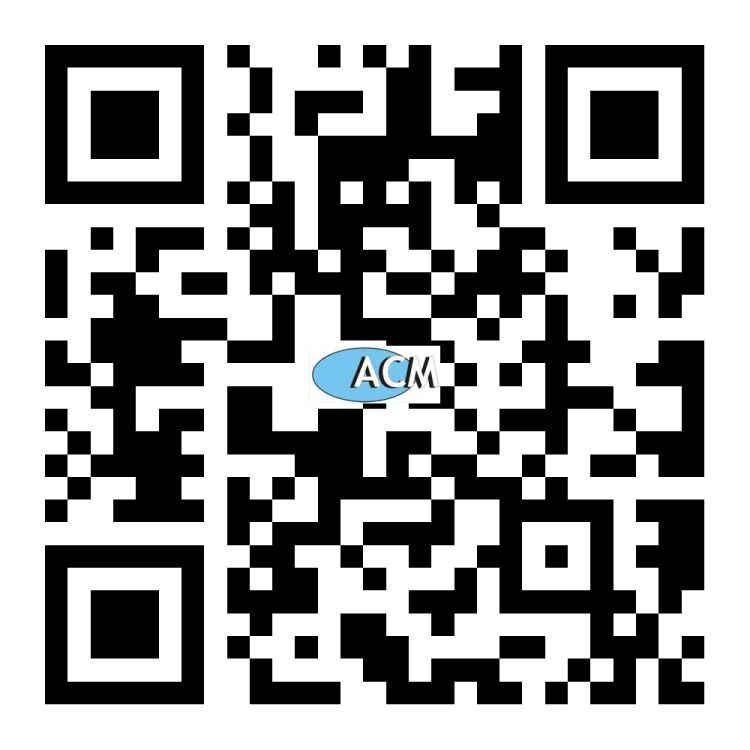Understanding RFID Frequency Ranges: Low, High, and Ultra-High Frequencies Explained
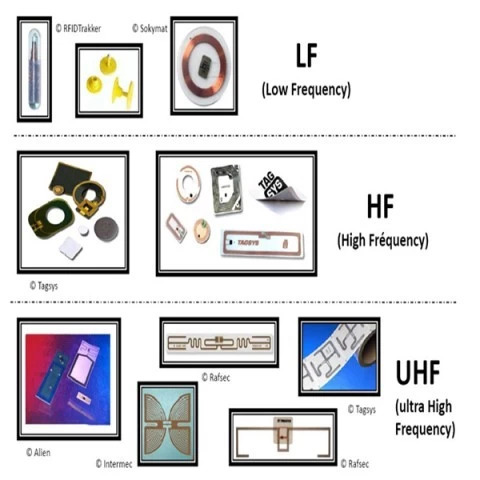
Radio Frequency Identification (RFID) technology is widely used in various industries, from retail to logistics, for tracking and identification purposes. A key aspect of RFID systems is their operating frequency, which determines their range, speed, and application suitability.
The Three Primary RFID Frequency Ranges
-
Low Frequency (LF) RFID (125–134 kHz)
-
Short read range (up to 10 cm)
-
Works well near metal and liquids
-
Common uses: Animal tracking, access control, and key fobs
-
-
High Frequency (HF) RFID (13.56 MHz)
-
Medium read range (up to 1 meter)
-
Used in smart cards, payment systems, and library books
-
Supports NFC (Near Field Communication)
-
-
Ultra-High Frequency (UHF) RFID (860–960 MHz)
-
Long read range (up to 12 meters or more)
-
High data transfer speeds
-
Ideal for inventory management, supply chain tracking, and retail
-
Choosing the Right RFID Frequency
The choice of frequency depends on factors like required read distance, environmental interference, and cost. LF RFID is durable in harsh conditions, HF is versatile for secure transactions, and UHF excels in large-scale tracking.
As RFID technology evolves, new applications continue to emerge, making it essential for businesses to understand these frequency ranges for optimal implementation.
Would you like additional details on specific RFID applications?
